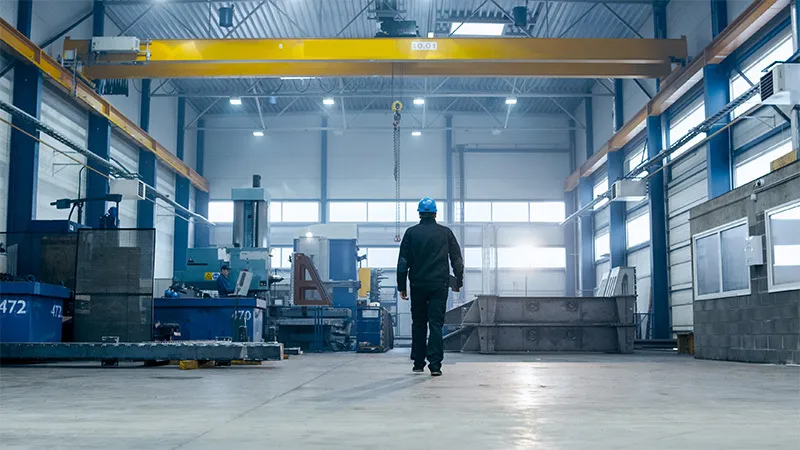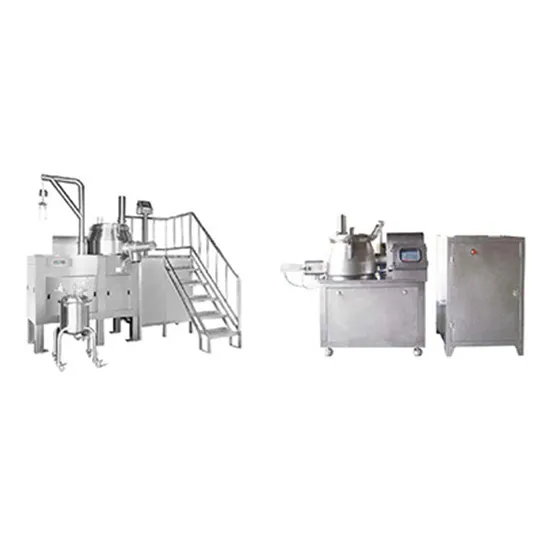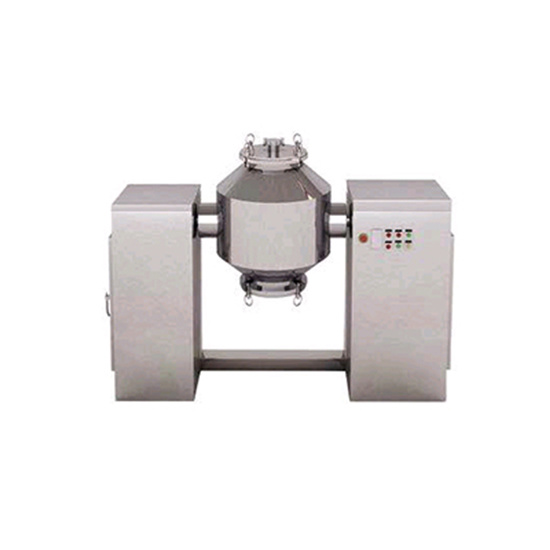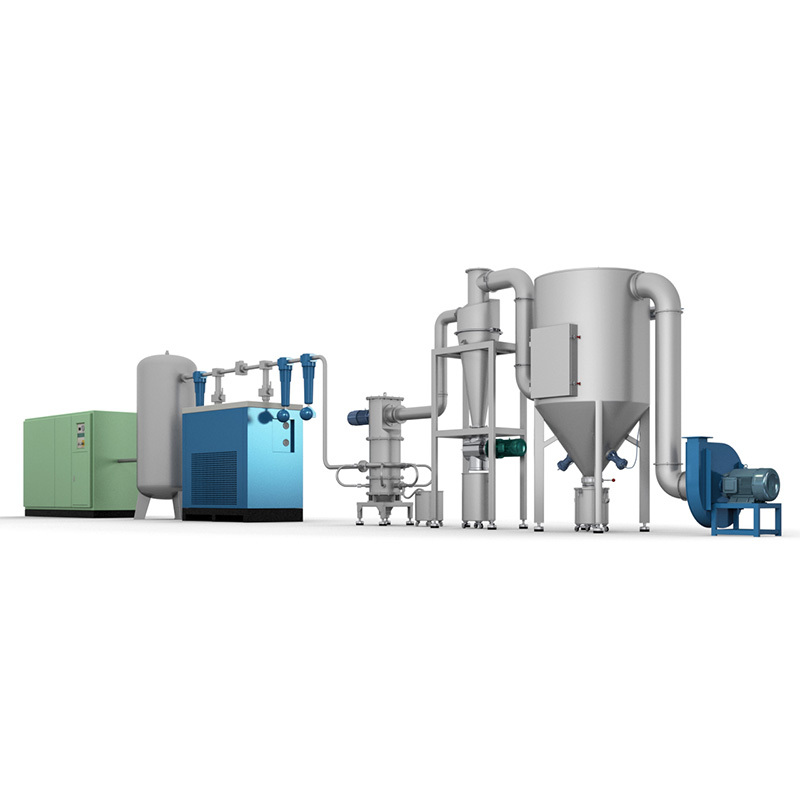NEWS
The Science Behind Crushing Machines in the Manufacturing Industry
Sep 22,2023
Introduction:
Crushing machines play a vital role in the manufacturing industry, particularly in the field of crushing and sorting machinery. Understanding the science behind these machines can provide valuable insights into their functions and applications. In this article, we will delve into the world of crushing machines, exploring their mechanisms, benefits, and the scientific principles that govern their operation.
1. The Purpose of Crushing Machines:
Crushing machines are designed to break down large materials into smaller, more manageable pieces. This process is essential in various industries, such as mining, construction, and recycling. By reducing the size of materials, crushing machines facilitate easier handling, transportation, and further processing.
2. Types of Crushing Machines:
There are several types of crushing machines used in the manufacturing industry, with each designed for specific applications. Common examples include jaw crushers, impact crushers, cone crushers, and gyratory crushers. Each type operates based on different principles, allowing for versatility in handling various materials.
3. Scientific Principles:
Crushing machines operate on the principles of impact, compression, and attrition. Impact crushers, for instance, use the principle of rapid impact to crush materials. They utilize high-speed rotors and anvils to create a powerful impact force, reducing the size of the materials. In contrast, compression crushers, such as jaw crushers, apply pressure to break materials, while attrition crushers gradually wear down materials through friction.
4. Benefits of Crushing Machines:
Crushing machines offer several benefits in the manufacturing industry. Firstly, they enhance efficiency by reducing the size of materials, allowing for easier handling and processing. Secondly, crushed materials can be reused or recycled, promoting sustainability and reducing waste. Additionally, crushing machines enable the extraction of valuable minerals from ore, enhancing productivity in mining operations.
5. Safety Considerations:
When using crushing machines, safety is of utmost importance. Operators should receive proper training and adhere to safety protocols to prevent accidents. Protective equipment, such as goggles and gloves, should be worn to ensure personal safety during machine operation.
Conclusion:
Crushing machines are integral to the manufacturing industry, enabling the processing and sorting of materials in an efficient and sustainable manner. By understanding the scientific principles behind these machines, professionals in the field can optimize their operations and ensure safety. Whether it's in mining, construction, or recycling, crushing machines play a crucial role in transforming raw materials into usable products, driving innovation and progress in the industry.
Crushing machines play a vital role in the manufacturing industry, particularly in the field of crushing and sorting machinery. Understanding the science behind these machines can provide valuable insights into their functions and applications. In this article, we will delve into the world of crushing machines, exploring their mechanisms, benefits, and the scientific principles that govern their operation.
1. The Purpose of Crushing Machines:
Crushing machines are designed to break down large materials into smaller, more manageable pieces. This process is essential in various industries, such as mining, construction, and recycling. By reducing the size of materials, crushing machines facilitate easier handling, transportation, and further processing.
2. Types of Crushing Machines:
There are several types of crushing machines used in the manufacturing industry, with each designed for specific applications. Common examples include jaw crushers, impact crushers, cone crushers, and gyratory crushers. Each type operates based on different principles, allowing for versatility in handling various materials.
3. Scientific Principles:
Crushing machines operate on the principles of impact, compression, and attrition. Impact crushers, for instance, use the principle of rapid impact to crush materials. They utilize high-speed rotors and anvils to create a powerful impact force, reducing the size of the materials. In contrast, compression crushers, such as jaw crushers, apply pressure to break materials, while attrition crushers gradually wear down materials through friction.
4. Benefits of Crushing Machines:
Crushing machines offer several benefits in the manufacturing industry. Firstly, they enhance efficiency by reducing the size of materials, allowing for easier handling and processing. Secondly, crushed materials can be reused or recycled, promoting sustainability and reducing waste. Additionally, crushing machines enable the extraction of valuable minerals from ore, enhancing productivity in mining operations.
5. Safety Considerations:
When using crushing machines, safety is of utmost importance. Operators should receive proper training and adhere to safety protocols to prevent accidents. Protective equipment, such as goggles and gloves, should be worn to ensure personal safety during machine operation.
Conclusion:
Crushing machines are integral to the manufacturing industry, enabling the processing and sorting of materials in an efficient and sustainable manner. By understanding the scientific principles behind these machines, professionals in the field can optimize their operations and ensure safety. Whether it's in mining, construction, or recycling, crushing machines play a crucial role in transforming raw materials into usable products, driving innovation and progress in the industry.
More News










